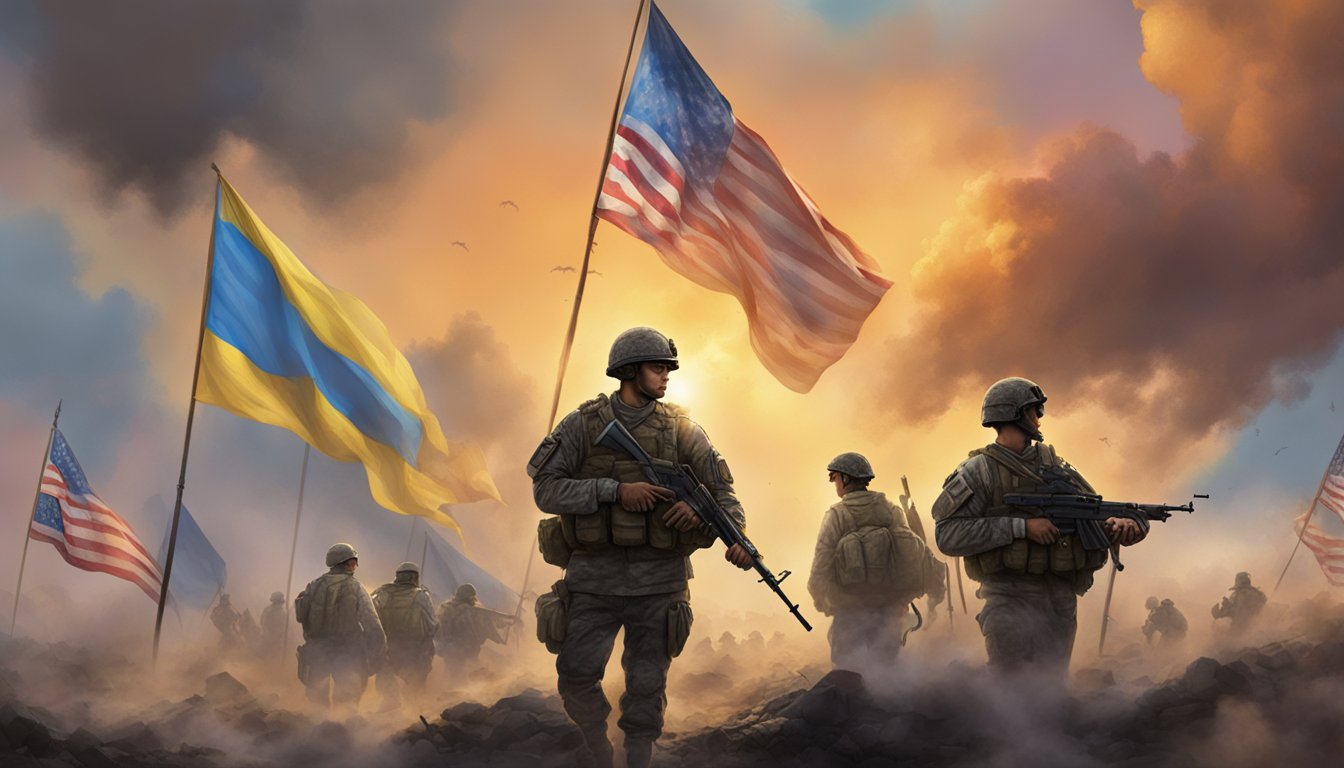As we approach nearly three years since Russia launched its invasion of Ukraine, a new perception is creeping into discussions about the conflict.
Many believe that Moscow has secured a stronger political and military position despite suffering substantial losses.
Estimates reveal that around 800,000 Russian soldiers have either died or been wounded, yet Russia continues to demonstrate robust military capabilities.
Meanwhile, Ukraine faces escalating personnel shortages.
A Shift in U.S. Political Stance
In this changing landscape, former President Donald Trump has made a commitment to help bring the conflict to a close.
Recent remarks from Defense Secretary Pete Hegseth suggest that the U.S.-Ukraine relationship has cooled considerably.
Hegseth raised eyebrows when he indicated that Ukraine’s hopes for NATO membership and a full restoration of its pre-2014 borders might be unrealistic.
Moreover, he emphasized that American troops would not participate in any peacekeeping missions after the fighting ends, particularly as negotiations are in play.
Negotiation Realities
In a subsequent clarification, Hegseth noted that Trump is taking the reins on discussions involving Russia and Ukraine.
He assured that the door remains open for all options on the table but clarified that it’s not his position as defense secretary to share the specifics of Trump’s plan for resolving the conflict.
Prospects for Compromise
Hegseth elaborated that acknowledging the current realities is not the same as conceding to Russian President Vladimir Putin.
He argued that coming to terms with the diminished prospects for Ukraine to regain all its pre-war territory corresponds to the stark military realities observed on the battlefield—reflecting not only the sacrifices made by Ukraine but also those of its allies.
Ultimately, he concluded that any peaceful resolution would likely require a compromise that may not fully satisfy either side.
Source: Taskandpurpose.com

